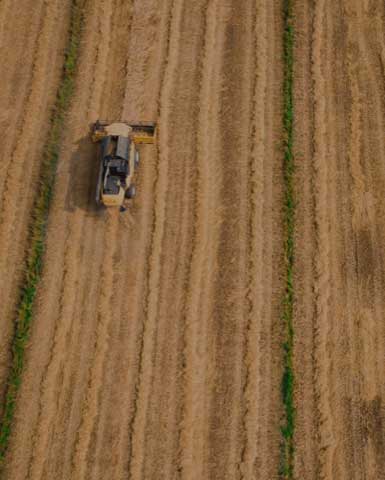The COVID-19 pandemic has caused severe disruption to global economic activity and its supply chain. Advisories on COVID-19 for businesses across the world have been implemented gradually. Stringent precautionary measures and practices have been adopted for business operations in Southeast Asia.
From being desk-bound in office, the concept of telecommuting has been implemented with remarkable success. Technology and web services enabled telecommuting. Working from home has become a ‘new normal’ during the COVID-19 pandemic. As such, cybersecurity needs to step up by businesses adopting this mode of work. Communications via phone or video conferencing are secured with encryptions, security measures, and passwords.
Workplace health and safety measures have been ramped up and monitored closely, especially in Singapore, where its labour force is the driving factor of its economy. Cleanliness in offices were usually outsourced by third-party businesses, but now every individual needs to play a part. Entering and exiting the office is now integrated as a new workplace safety measure through safe entry barcode check-ins of employees and visitors. Seven requirements of key workplace safety measures were implemented in the offices post circuit breaker Phase 2.
The labour force in Singapore is deeply dependent on foreign workers. Due to the travel restrictions, Malaysians are not able to return home during the first circuit breaker. Fortunately, Singapore was able to accommodate majority of them in hotels during the first circuit breaker, thus injecting some revenues for the hoteliers (through government supports) while retaining the bulk of the labour force in Singapore. Due to the lapse in cleanliness in workers’ dormitories, Singapore suddenly found themselves with a huge shortage of foreign workers for a period of time due to quarantine orders being issued.
Under the joint media statement, business operators who have not complied with the social distancing measures will be prosecuted with fines and their operations ceased under the Infectious Diseases Act and any related regulations.
STAY INFORMED, FOLLOW SAFETY GUIDELINES AND KEEP SAFE!




